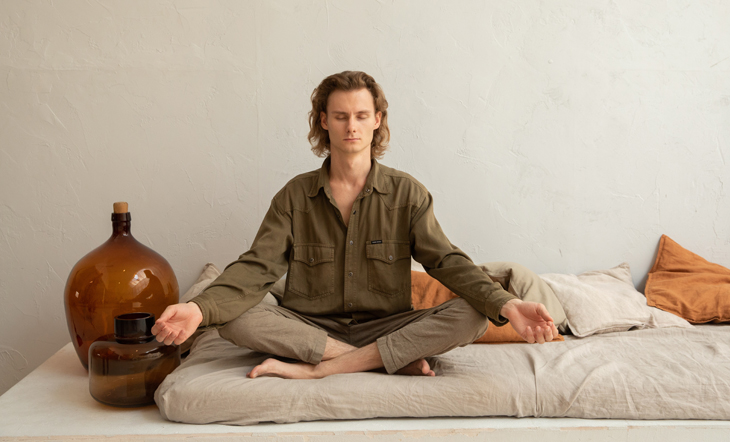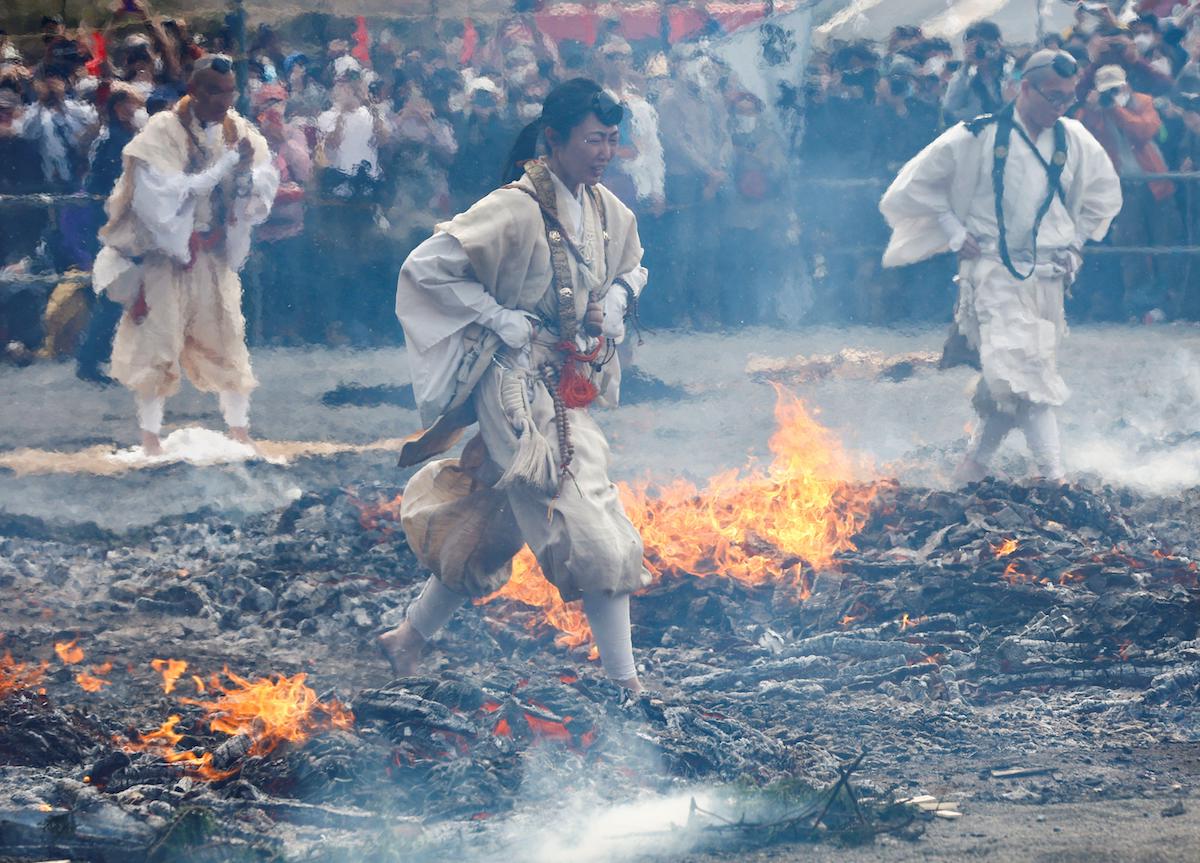Yoga Calm Fundamentals: Bullying & the Language of the Body
A wonderful anecdote from senior yoga teacher Patricia Walden has stuck with me since I first read it some years ago in a post at Yoga Journal. She recalled a statement BKS Iyengar made to her when she struggled...

A wonderful anecdote from senior yoga teacher Patricia Walden has stuck with me since I first read it some years ago in a post at Yoga Journal. She recalled a statement BKS Iyengar made to her when she struggled with depression: “If you open your armpits, you’ll never get depressed.”
She was in her early 20s then. She never forgot that statement.
“Of course, what he meant,” she says, “was that if you stand straight and your armpits are lifted, this opens your chest, and it will affect your mental health.”
Yoga teachers know that the way we carry our bodies affects how we feel – and the way others feel about us. This is the somatics of mental health. (Somatics, as defined by philosopher and movement theorist Thomas Hanna, is the “study of self from the perspective of lived experience encompassing the dimensions of body, psyche and spirit.”)
The Language of the Body
When teaching Yoga Calm for Therapists once at Lewis and Clark College, I had participants turn and look at one another. Then I asked them to slump their posture and notice what that communicated. Then, on the count of three, we “activated our inner superhero” and stood straight and tall. I asked them to notice what that communicated.
“We look stronger,” one person said.
“More attractive,” said another.
“Like we will stand up for ourselves,” another chimed in.
It was clear within just a few minutes that posture makes a powerful statement.
Superheroes to the Rescue
The power of the superhero symbol is strong – an archetype that captures the imagination of people around the globe. We all want to be strong, competent, and physically capable. We want to be protectors of our families, our values and our homes.
Consider the posture of superheroes. They are physically strong. They stand upright. They speak with a commanding voice. They typically don’t overreact.
Students who are bullied or harassed seldom carry this posture. They walk with a posture of victimization and fear that can invite more victimization.
Research has borne this out. For instance, one study in the Journal of Interpersonal Violence found that some criminals are very good at sensing weakness based on the way you walk.
The authors secretly filmed 12 people walking – eight women and four men, some of whom had been attacked before. Then, they showed the footage to a group of inmates, some of whom exhibited interpersonal traits commonly associated with psychopathy – manipulativeness, a lack of empathy, superficial friendliness – and asked them whether or not each person would make a good victim.
These “victim ratings” were then compared against each person’s actual history of victimization. Sure enough, the people whom the psychopaths picked as “likely victims” were usually the ones who had been victimized in the past. These people were often said to have “walked like an easy target” – slowly, asynchronously, with short strides.
Fortunately, the tools of strength and confidence can also be taught to reduce the likelihood of victimization and bullying. Children can learn to be less reactive, to stand in their personal strength, make eye contact and set boundaries. Here’s a Yoga Calm lesson plan from our Online Certification Course that helps to develop these skills:
Sample Strength Lesson Plan
Population: Grades 3-12
Time:30-40 minutes
Yoga Calm Principle/Lesson Goal: Strength
CALM
Strong Voice: Lead Strong Voice writing activity (where they describe their “strong voice” and allow students to share with a peer. Belly Breathing: Ask a student leader to lead the breathing with the Hoberman Sphere. Ask what kind of strength is necessary to get in front of a group and lead. Pulse Count: Have students count their pulse for one minute while you try to distract them. Ask them what their strategies were to stay strong in their minds and not let you throw them off.ACTIVE
Mountain Test: One student stands in Mountain, activating their “superhero” (firming muscles and standing strong) while another gently presses on one side and then the other “testing” their ability to not tip over. Warrior Flow: Practice the following flow two to three times holding each pose for at least eight beats. Finish by standing in Mountain. Star Pose Warrior II to left Star Pose Chair Pose Warrior II to right Star Pose Archetype Game: Students squat down and on the count of four grow into statues of “kings and queens.” With a soft drum beat they then walk around the room as their noble self. When the drum stops, they squat down. (Repeat again for “arrogant/boastful”, “shy” and “confident”.) Discuss their experiences of the different characters/archetypes.CALM
Forward Bend: Bring the students back to center after Archetype Game, by forward bending from a standing position or by resting forward on hands on a table or back of chair. Mindful Moment Card: Students rest on the floor or in chairs as you read this card on Strength: “Remember a time when you stood up for yourself or someone else. Where were you, and what did you stand up for? Think of the things in your life that are important to you and how you stand up for your beliefs.”Did you know that Yoga Calm Certified Instructors have access to hundreds of lesson plans like these, developed by teachers, counselors, and other helping professionals? And that’s just one of the many perks of Certification. Learn more here.
Updated from the original

 MikeTyes
MikeTyes 






























